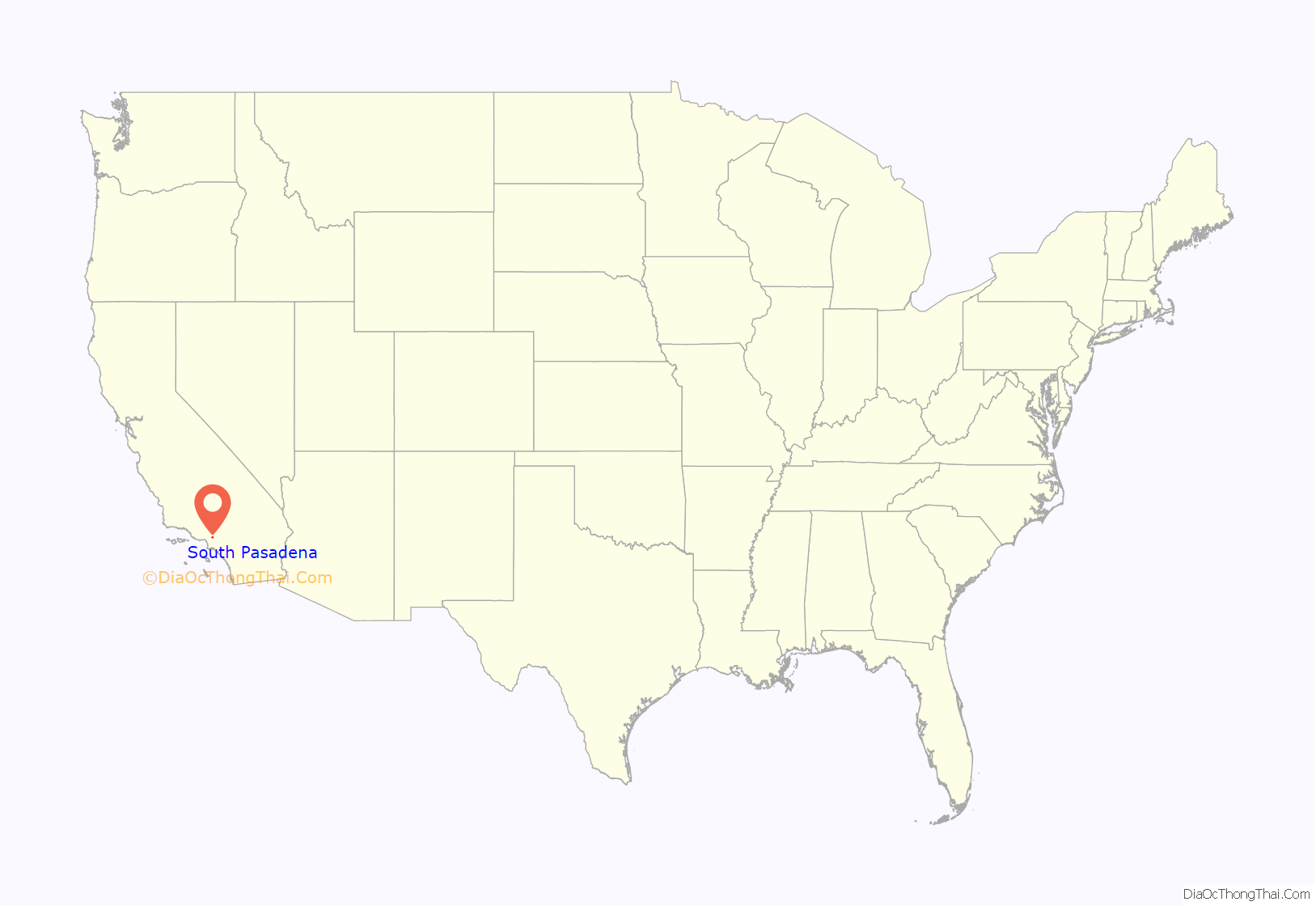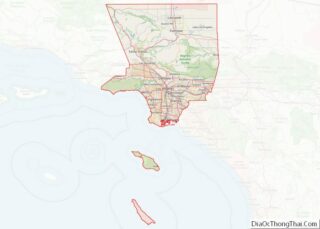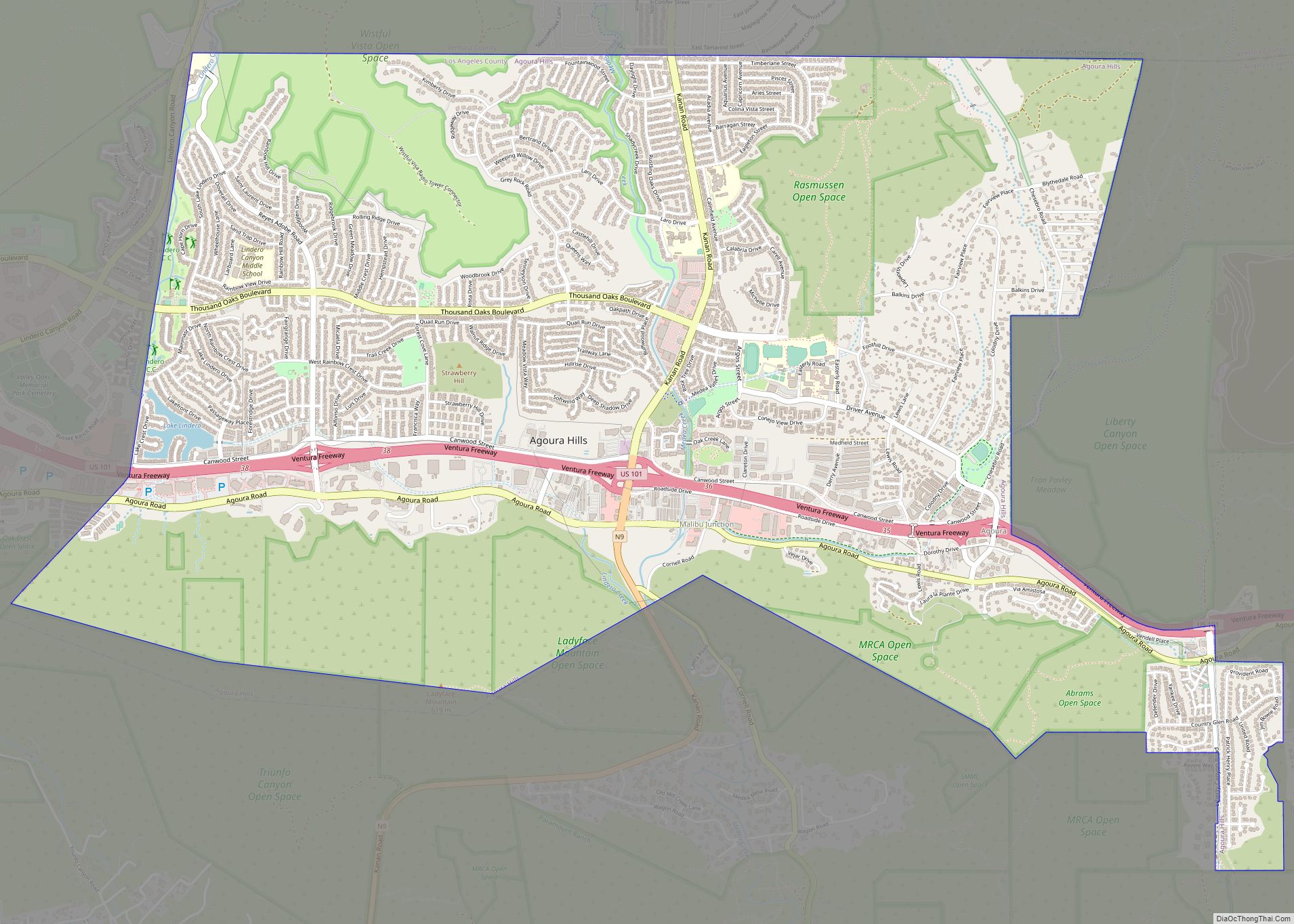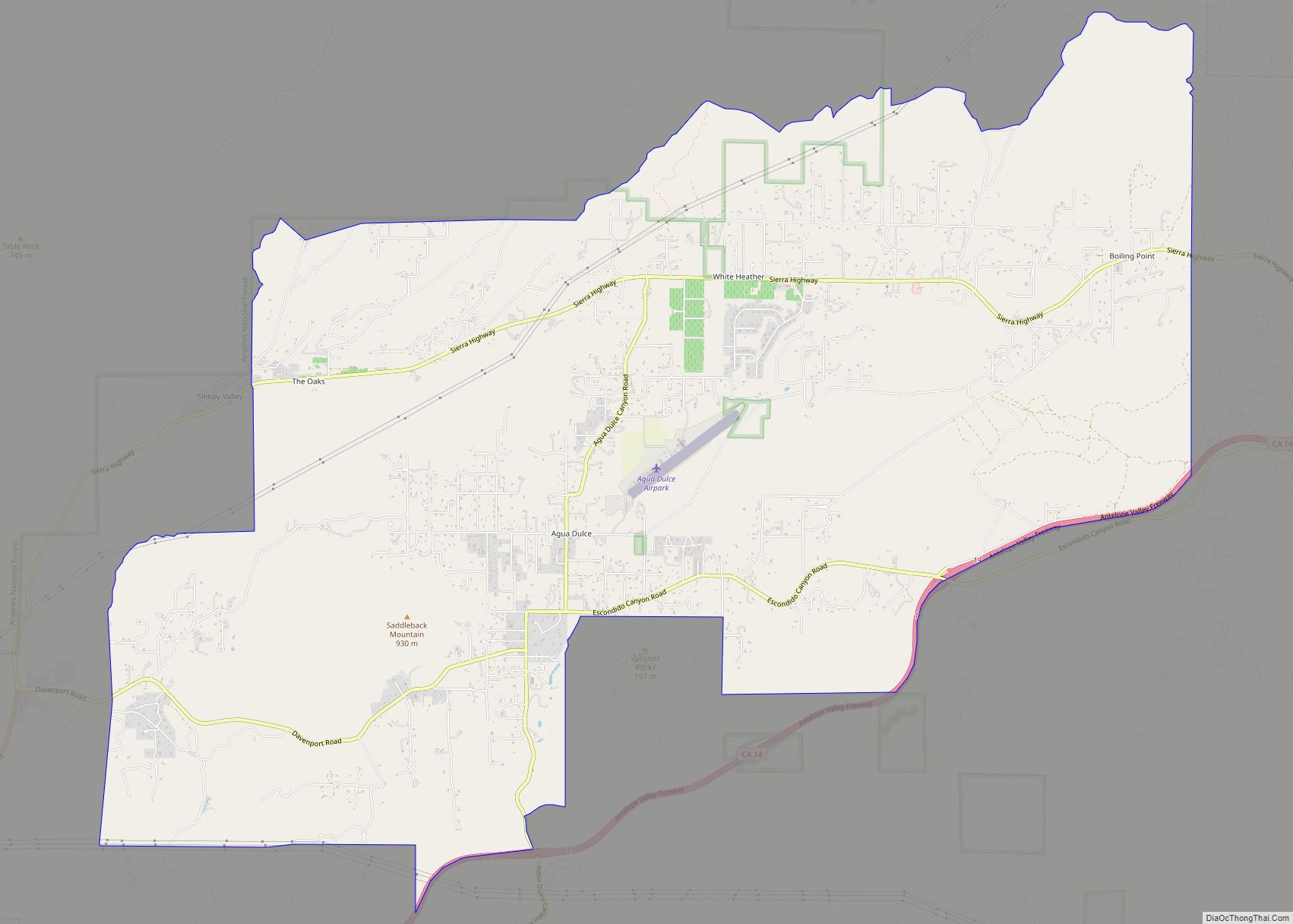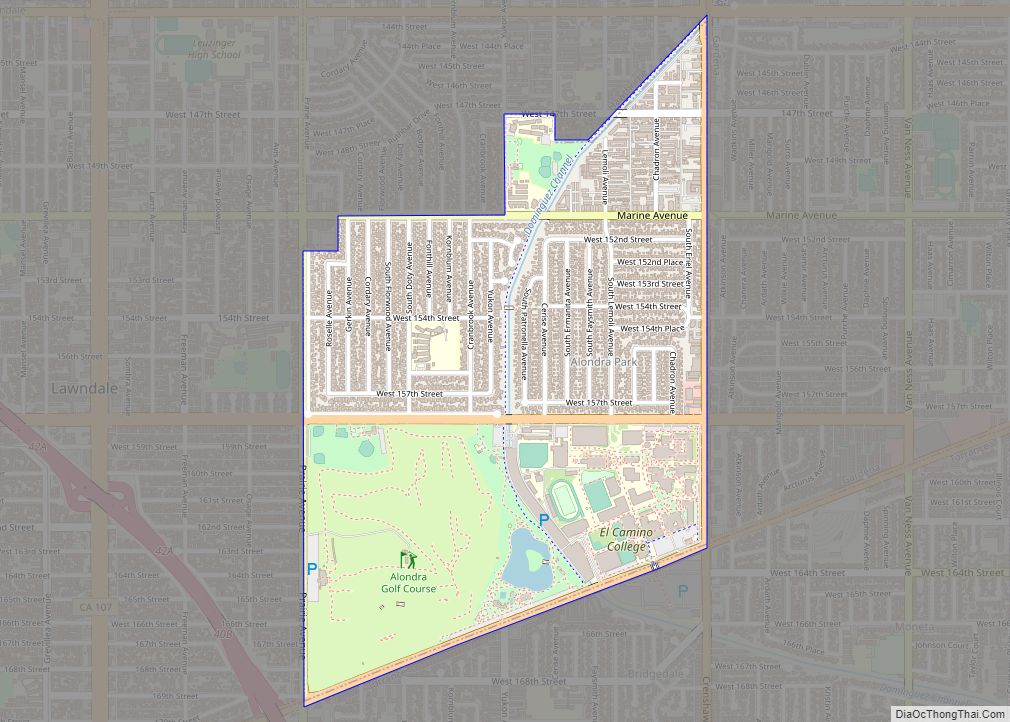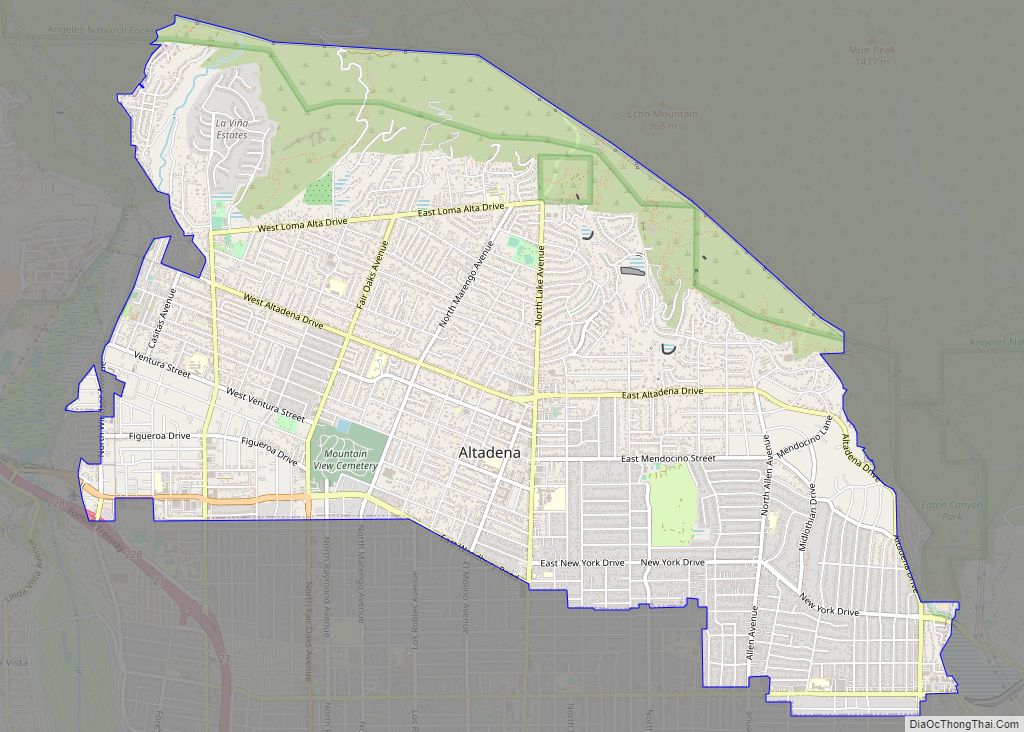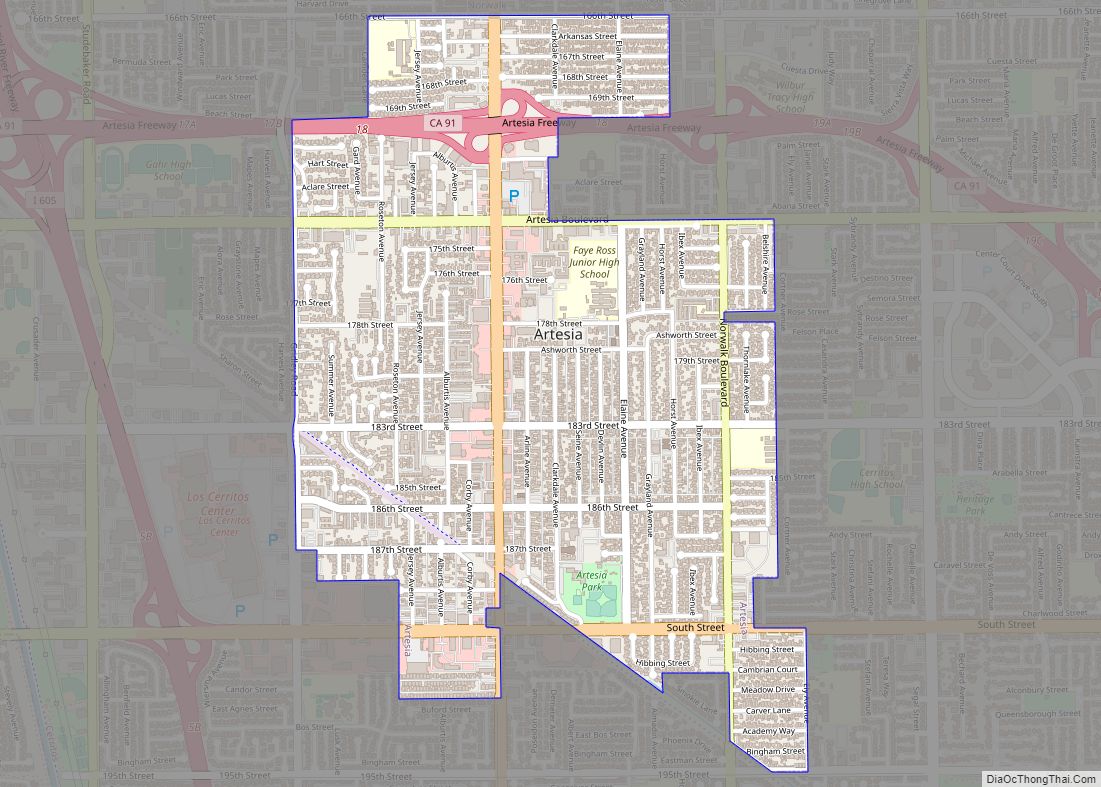South Pasadena is a city in Los Angeles County, California, United States. As of the 2010 census, it had a population of 25,619, up from 24,292 in the 2000 census. It is located in West San Gabriel Valley. It is 3.42 square miles (8.9 km) in area and lies between the much larger city of Pasadena, of which it was once a part, and the metropolis of Los Angeles. South Pasadena is the oldest self-builder of floats in the historic Tournament of Roses Parade.
| Name: | South Pasadena city |
|---|---|
| LSAD Code: | 25 |
| LSAD Description: | city (suffix) |
| State: | California |
| County: | Los Angeles County |
| Elevation: | 659 ft (201 m) |
| Total Area: | 3.42 sq mi (8.85 km²) |
| Land Area: | 3.41 sq mi (8.83 km²) |
| Water Area: | 0.01 sq mi (0.03 km²) 0.35% |
| Total Population: | 25,619 |
| Population Density: | 7,430.04/sq mi (2,869.11/km²) |
| ZIP code: | 91030/91031 (PO box) |
| Area code: | 323/626 |
| FIPS code: | 0673220 |
| Website: | www.southpasadenaca.gov |
Online Interactive Map
Click on ![]() to view map in "full screen" mode.
to view map in "full screen" mode.
South Pasadena location map. Where is South Pasadena city?
History
The original inhabitants of South Pasadena and surrounding areas were members of the Native American Hahamog-na tribe, a branch of the Tongva Nation (part of the Shoshone language group) that occupied the Los Angeles Basin. Akuvranga was the Tongva name for the area that covers modern-day South Pasadena and part of Pasadena. Tongva dwellings lined the Arroyo Seco (Los Angeles County) in South Pasadena and south to where it joins the Los Angeles River and along other natural waterways in the city. They lived in thatched, dome-shape lodges characteristic for their use of carved wood decorations. For food, they lived on a diet of corn meal, acorns, seeds and herbs, fish, venison, berries, fruits and other small animals. They traded for ocean fish with the coastal Tongva on a daily basis. They made cooking vessels from steatite soapstone from Catalina Island. South Pasadena also has a strong claim to having the oldest and most historic sites in the San Gabriel Valley. For many centuries, its adjacency to a natural fording place along the Arroyo Seco had served as a gateway to travel and commerce for aboriginal peoples here and along the coast. It was here that Hahamognas greeted Portola and the missionaries who later established the San Gabriel Mission a few miles to the east.
The initial buildings on the Rancho San Pascual were built on the land which eventually became the cities of Pasadena, South Pasadena and Altadena. The first of these adobe structures became headquarters for General Flores and his staff in 1847 where they agreed to surrender to American forces, ending Mexican Colonial rule in California. In 1875, the landowners of the area encompassing present-day Pasadena and South Pasadena voted to rename their association to Pasadena.
South Pasadena’s first mayor was Donald McIntyre Graham. In February 1888, members of the southern portion of Pasadena attempted to gain more control over their own property and a vote for incorporation was made. In 1888, South Pasadena incorporated the southern portion of the Indiana Colony and land south and eastward to the Los Angeles border. Few Tongva had received any land. On 2 March 1888, the city of South Pasadena was incorporated with a population slightly over 500 residents, becoming the sixth municipality in Los Angeles County. It was chartered with roughly the same area as the current South Pasadena, about 3.42 square miles (8.9 square kilometers). With the completion of the Pacific Electric Short Line, putting the entire city within easy walking distance of the “red car” stations, South Pasadena also became one of the first suburbs of Los Angeles.
South Pasadena’s history is associated with that of the Cawston Ostrich Farm and the Fair Oaks Pharmacy and Soda Fountain, which played vital roles in the history of the city.
Modern South Pasadena
South Pasadena calls itself the “City of Trees”. South Pasadena’s streets are lined with numerous species of native California trees. These include redwood, sequoia, ash, walnut, and sycamore. Some non-native trees, such as sweetgum, are also seen. Because there are very few stucco-clad Spanish Colonial houses and virtually no palm trees in some parts of the city, South Pasadena is a popular stand-in for Midwestern and Northeastern towns in motion picture and television productions. South Pasadena sits less than 10 miles (16 km) from Downtown Los Angeles; substantial numbers of residents work either in Bunker Hill or as professors and staff at the University of Southern California.
“Mom and Pop” merchants populate the business district, and the Mission West area is a part of the original U.S. Route 66. Of historical relevance is The Fair Oaks Pharmacy and Soda Fountain; also the Rialto Theater in downtown South Pasadena is a unique blend of Spanish Baroque and Egyptian stylings and was built in 1925. It is one of the last remaining single screen cinemas in the country. The Rialto was added to the National Register of Historic Places in 1978, having narrowly missed being torn down that year. It went out of business on August 19, 2007, because of low profits. It has been featured in many films and commercials, most notably Robert Altman’s The Player and more recently in La La Land.
The Farmer’s Market has become a tradition in the historic Mission-West District of South Pasadena on every Thursday from 4 pm to 8 pm. On the first Saturday of December every year, South Pasadena Booster Club hosts an annual 5K/10K run around South Pasadena known as the “Tiger Run”, after the SPHS mascot. Racers from kindergarten to age 80 are invited to participate, including a wheelchair event. The 5K is run on flat sidewalks and roads around town, but the 10K (6.2 miles) includes some difficult hills. There is also a 300-meter children’s run for kids 10 and under.
South Pasadena can often be seen in motion picture productions with its beautiful tree-lined streets and “anywhere in America” feel. Such movies as Freaky Friday, The Terminator, Gone with the Wind, Halloween, Halloween 2, Nightmare On Elm Street, Pee-Wee’s Big Adventure, American Pie, The Girl Next Door, Legally Blonde, 13 Going on 30, Back to the Future, Mr. Deeds, Bruce Almighty, Old School, The Ugly Truth, and License to Wed are just a few of the notable films shot on location in South Pasadena. Notable television series that have been filmed there include Parenthood, Family, Boston Public, Nip/Tuck, Desperate Housewives, Cold Case, Bones, Modern Family, No Ordinary Family, Big Love, and CSI: Crime Scene Investigation.
Interstate 710 extension controversy
South Pasadena, together with a broad coalition of national, state and local organizations, has opposed the 710 Freeway Long Beach Freeway (I-710) extension from Alhambra’s Valley Blvd. to the Foothill Freeway (I-210) in Pasadena at California Blvd. The proposed 1960s route would have sliced through the middle of the city, as well as through neighborhoods in El Sereno and Pasadena having an impact on nearly 1,000 homes in its path. However, this incompletion cuts off a north–south route from the San Gabriel Mountains in the north to Long Beach in the south, as well as connecting the 710 to the 110, 134, and 210 freeways.
On July 19, 1999, United States District Court Judge Pregerson issued a preliminary injunction prohibiting defendants Caltrans, et al., from proceeding with the 710 Freeway Project. The financial support for the fight against a major highway project through the city has come mostly from the residents themselves, who pay legal bills incurred by the city in the freeway fight from their general fund (no special taxes are used), making the fight an ongoing local election issue. South Pasadena has been cited five times on the National Trust for Historic Preservation’s list of “Most Endangered Places.”
Litigation over the 710 extension has run for over 50 years. The City of South Pasadena has filed a federal lawsuit citing failure to protect clean air, the environment and historic properties, and until the California Department of Transportation (Caltrans) completes a comprehensive new environmental study, this will bring additional delays to the 40-year-old project. Caltrans (the California Department of Transportation) proposed a compromise route of boring a tunnel beneath the city. Having purchased hundreds of properties along the proposed right-of-way in the 1960s, Caltrans proposed selling these in order to partially finance the tunnel. The Southern California real estate boom of the early 2000s caused those properties in South Pasadena alone to appreciate to a combined value of over $300 million. State Senator Carol Liu sponsored a bill to compel Caltrans to sell the properties no longer needed for the project. SB-416 also prohibits funds from the sale of surplus properties in the SR 10 corridor from being used to advance or construct any proposed North State Route 710 tunnel. State Assemblyman Chris Holden co-sponsored the bill and remarked after it was signed into law, “…the surface route of the 710 Freeway is not going to happen and everyone knows that and so these properties should then be put back into the community”. Caltrans, however, maintains that the freeway extension/connections are needed for the overall benefit of the Southern California public and continues to fight for its completion.
In May 2017, the MTA board voted unanimously to withdraw its support for the 710 tunnel proposal, and to reallocate all funding previously earmarked for it to surface street and other improvements, effectively killing the project for the foreseeable future. Subsequently, Assemblyman Chris Holden, along with State Senator Anthony Portantino, proposed similar bills effectively deleting the uncompleted portion from the Highway grid. Both bills were passed and signed by governor Gavin Newsom and the deletion will take effect January 1, 2024.
Fake housing plans
When South Pasadena was prompted by the state of California to submit plans on how the locality would increase new housing to meet growing housing demands, the city submitted fake housing plans, which included proposals to build housing on plots of land where the city had no intent to build housing. These plots included the locations of City Hall, fire stations and police stations.
South Pasadena Road Map
South Pasadena city Satellite Map
Geography
South Pasadena is located at the western end of the San Gabriel Valley, north of the San Rafael Hills, east of the Arroyo Seco seasonal river, and south of the separate city of Pasadena, California. Adjacent cities are Los Angeles to the west and south, Pasadena to the north, San Marino to the east, and Alhambra to the southeast. According to the United States Census Bureau, the city’s total area of 3.42 square miles (8.9 km), is virtually all land.
Geographic location
Diagram showing South Pasadena’s location in relation to other cities in an 8-kilometer (5.0 mi) radius.
See also
Map of California State and its subdivision:- Alameda
- Alpine
- Amador
- Butte
- Calaveras
- Colusa
- Contra Costa
- Del Norte
- El Dorado
- Fresno
- Glenn
- Humboldt
- Imperial
- Inyo
- Kern
- Kings
- Lake
- Lassen
- Los Angeles
- Madera
- Marin
- Mariposa
- Mendocino
- Merced
- Modoc
- Mono
- Monterey
- Napa
- Nevada
- Orange
- Placer
- Plumas
- Riverside
- Sacramento
- San Benito
- San Bernardino
- San Diego
- San Francisco
- San Joaquin
- San Luis Obispo
- San Mateo
- Santa Barbara
- Santa Clara
- Santa Cruz
- Shasta
- Sierra
- Siskiyou
- Solano
- Sonoma
- Stanislaus
- Sutter
- Tehama
- Trinity
- Tulare
- Tuolumne
- Ventura
- Yolo
- Yuba
- Alabama
- Alaska
- Arizona
- Arkansas
- California
- Colorado
- Connecticut
- Delaware
- District of Columbia
- Florida
- Georgia
- Hawaii
- Idaho
- Illinois
- Indiana
- Iowa
- Kansas
- Kentucky
- Louisiana
- Maine
- Maryland
- Massachusetts
- Michigan
- Minnesota
- Mississippi
- Missouri
- Montana
- Nebraska
- Nevada
- New Hampshire
- New Jersey
- New Mexico
- New York
- North Carolina
- North Dakota
- Ohio
- Oklahoma
- Oregon
- Pennsylvania
- Rhode Island
- South Carolina
- South Dakota
- Tennessee
- Texas
- Utah
- Vermont
- Virginia
- Washington
- West Virginia
- Wisconsin
- Wyoming
